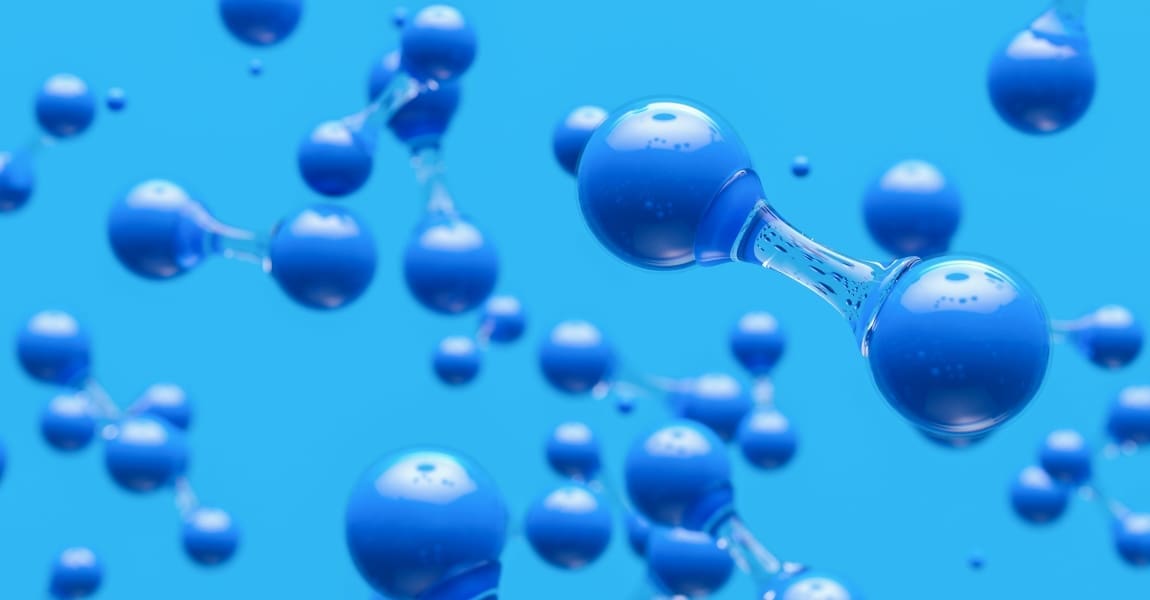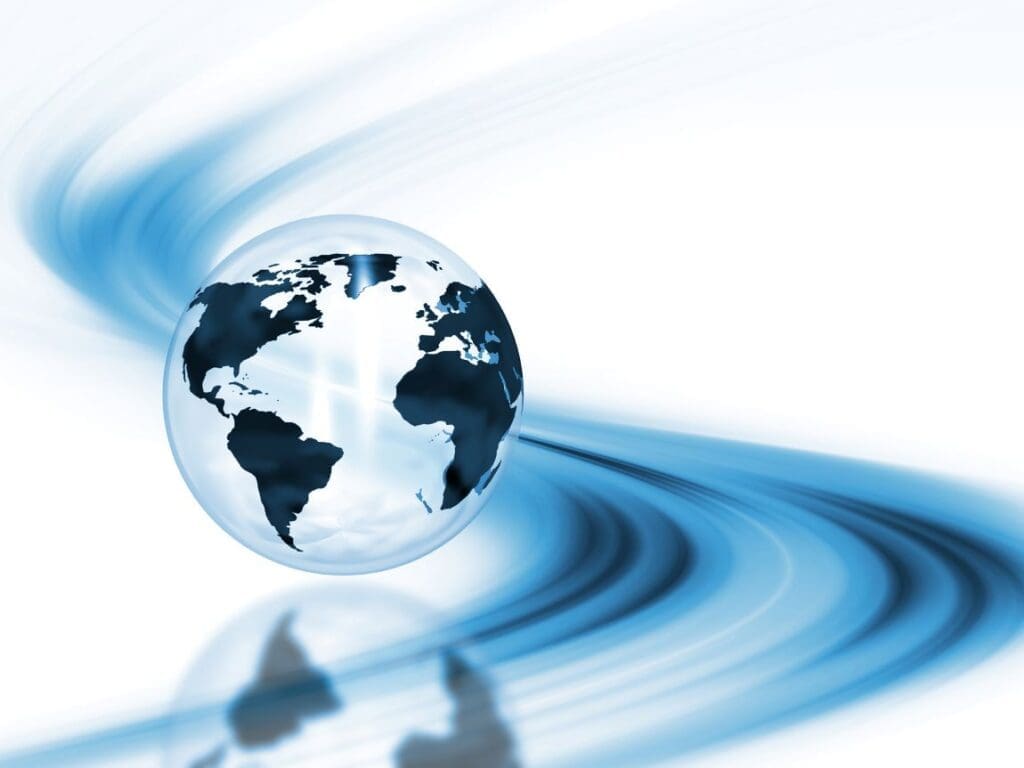Green hydrogen often, but certainly not always, leads to CO2 gains. This claim is based on research published in Nature Energy by Kiane de Kleijne from Radboud University and Eindhoven University of Technology. “If you calculate the entire life cycle of green hydrogen production and transport, CO2 gains may be disappointing. However, if green hydrogen is produced from very clean electricity and locally, it can really help reduce emissions.”
It is thought that green hydrogen can make a major contribution to reducing greenhouse gas emissions. Dutch companies are currently investing in developing green hydrogen in countries where green power, needed to produce green hydrogen, can be easily generated, such as Namibia and Brazil. The EU is also aiming to produce 10 million tonnes of green hydrogen and importing another 10 million tonnes by 2030. “Green hydrogen has great potential as a technology due to its versatility and many applications. But unfortunately, I still foresee some bumps in the road”, says environmental scientist De Kleijne.
Entire life cycle
For over a thousand planned green hydrogen projects, De Kleijne calculated the greenhouse gas emissions associated with producing green hydrogen, including the production of, for example, solar panels, wind turbines and batteries to provide power, and the transport by pipeline or ship. “Green hydrogen is produced by splitting water into oxygen and hydrogen in an electrolyser using green electricity. You can then use that hydrogen as a raw material or fuel. Hydrogen made from natural gas is already widely used as a raw material, for example in the chemical industry to produce methanol and ammonia for fertiliser.”
The advantage of green hydrogen is that when splitting water, besides hydrogen, only oxygen is released and no CO2. “However, that does require large amounts of green power”, says the researcher. “You can only reduce emissions if you use green energy, such as wind or solar power. But even then, the emissions from manufacturing wind turbines and solar panels alone add up considerably. If you look at the entire life cycle in this way, green hydrogen often, but certainly not always, leads to CO2 gains. CO2 gains are usually higher when using wind power rather than solar power. This will improve further in the future as more renewable energy will be used to manufacture the wind turbines, solar panels and steel for the electrolyser, for example.”
Hydrogen transport
Hydrogen production results in the lowest emissions in places where there is a lot of sun or wind, like Brazil or Africa. The downside is that this hydrogen must then be transported to Europe. That is technologically challenging and can create a lot of extra emissions. “Transporting green hydrogen over long distances contributes so much to the total emissions that much of the CO2 gains from production in distant, favourable locations is negated”, says De Kleijne. For short distances, transport emissions appear to be lowest for pipelines, while shipping liquid hydrogen is best for long distances.
Zero emissions
The key message, according to the scientist, is that we should not claim that technologies such as green hydrogen are completely emission-free. Current calculation methods that form the basis for regulations do not usually consider emissions from what needs to be manufactured to produce hydrogen, such als solar panels and electrolysers, or hydrogen leakage during transportation. In those cases, it might seem that green hydrogen does not produce many emissions, but that is far from the case. “By looking at emissions over the entire life cycle, we can make a better trade-off between technologies, and identify where improvements can be made in the chain. Furthermore, we can ask ourselves: what is important to produce in the Netherlands and Europe? And when might it be better to move an industry to somewhere else in the world?”
More information: de Kleijne, K., Huijbregts, M.A.J., Knobloch, F. et al. ‘Worldwide greenhouse gas emissions of green hydrogen production and transport’; Nature Energy (2024); DOI: 10.1038/s41560-024-01563-1. Radboud University Press Release. Featured image credit: Rafael Classen rcphotostock.com




